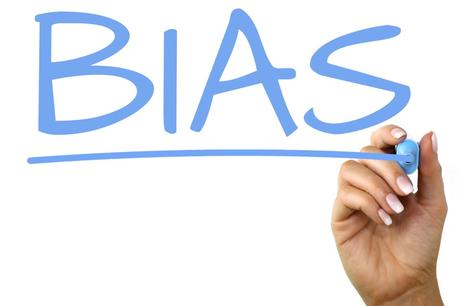
When you reach a certain point with your business, hiring employees is an excellent way to achieve further growth. With employees assisting you with the everyday tasks of your business, your time is free to strategize, plan for the future, and improve your own work-life balance.
However, before you can enjoy the benefits of employees, you actually have to hire them – a process that is often more complex than it initially sounds.
Hiring employees is an art
Superficially, hiring an employee seems like a simple process. You have a vacancy that you wish to fill; you advertise; conduct interviews; and then you select the right candidate for the job.
Unfortunately, things rarely work out like that.
Hiring is a delicate balance, and one that you need to continually refine to ensure the best results for your business. Most business owners have hired an employee that they have then come to doubt, and this is one area where experience is of little benefit to you – you’re just as likely to make a mistake with your tenth hire as you are with your first.
The risk of bias

One of the biggest challenges that hiring tends to present is the risk of bias, and this challenged is deepened because few of us want to think of ourselves as biased. Every business owner would like to think they will hire the right person regardless of any other consideration but the candidate’s qualifications and ability to perform the job – but this is unlikely to be the case.
It is important to acknowledge that bias is rarely overt. For example, if a family friend applies to your company, then you are likely to be on the alert for potential bias. This may even lead to you being more critical, as you want to ensure that you are making the right decision for the company, rather than seeking to essentially do someone a favor. Nevertheless, bias may creep into your thinking without you even realizing: it won’t be a case of “I should hire this person because they’re a family friend” – it will usually be more subtle. For example, you may be more likely to look kindly upon a lack of experience, or overlook an element of their interview that – for anyone else – you may have deemed to be a red flag.
It is worth noting that bias is completely understandable, and we all fall into its trap on occasion; just try to ensure that you are aware it may happen, and all should be well. It’s only when people try to convince themselves they can’t possibly be biased that problems can begin.
Evaluating the past when considering the future
In many ways, hiring is all about the past. It’s about looking at what a person has done, how they did it, and how they performed. From this background information, you can formulate a general idea as to how they may perform in future.
However, it is worth remembering that, sometimes, the past is not a true reflection of a person. Most of us have incidents in our past that we’re not proud of; incidents that we have now moved on from, but still linger in the memory. The same is true of prospective employees; the past may not be a true guide as to how they may perform in future. If an employee experienced a criminal issue that required assistance from the likes of https://www.lawjrc.com/ or has large gaps on their resume, many business owners will see this as a red flag – but this isn’t necessarily the case. The prospective employee may have learned valuable mistakes, changed their life, and are seeking a new future – and they may become the most valuable employee that you have.
It is also worth noting that this issue applies to the reverse scenario too; if a prospective employee has a positive, strong past, this does not necessarily mean they will repeat this pattern for your company. They may have become complacent, or may simply be unsuitable for the role, which may mean you later come to regret hiring them.
So how can you balance the past and the potential for future importance? Make it a factor, but not a deciding factor. This is what the interview is primarily for. If someone with a checkered past performs well at interview, this indicates that they have moved on and are ready to embrace positive changes in their life. If someone with a good past performs poorly at interview, then this is could be a sign of a change of heart, a loss of enthusiasm, or – at worst – a resumé that has been substantially embellished.
The final decision
Many business owners will default to their gut instinct when making the final decision as to whether to offer an individual a job. As https://www.ere.net/ discuss, hiring with your gut is a route to making a serious mistake, and is one that should be avoided at all costs.
In many ways, the art of hiring is all about overcoming your gut instinct. It’s about evaluating a candidate fairly and evenly, even if your gut – or your bias – are trying to influence the decision making process. This can be very difficult to process, but you should find it simpler if you focus on data rather than how you feel.
When you are making your final decision, it can be helpful to write down a justification for offering (or not offering) someone the job. You could then ask a business mentor or friend to evaluate the reasons for you, deciding on whether they are factual – “the candidate has a wealth of experience in the field” – or emotional – “the candidate seemed like they’d be a lot of fun around the office” – in nature. The examples presented here have been exaggerated to make the point; often, you will need outside input in deciding whether your reasons are factual or emotional, so a second opinion can be hugely beneficial.
In conclusion

Hopefully, the tips above will help to ensure that you are able to hire the right employees for your business every single time.
